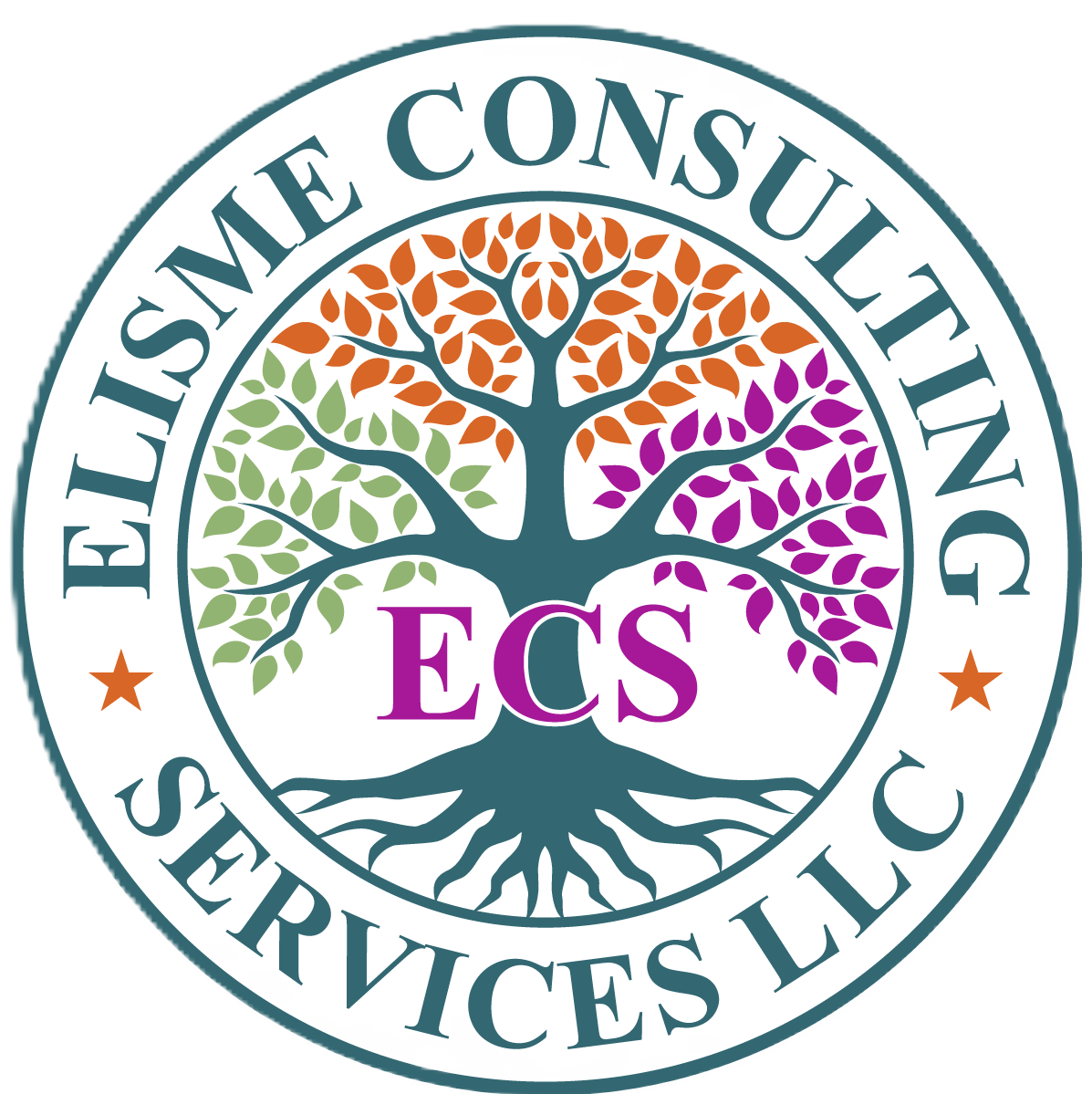Reclaim Your Energy: A Trauma-Informed Approach to Burnout Recovery
If you’re feeling emotionally drained, cynical, or like you’re running on empty despite your best efforts, you’re not alone—and it’s not your fault. Burnout affects nearly half of all workers today, but it’s more than just being tired. It’s a complex response to chronic stress that changes how our bodies and minds function, often rooted in trauma responses that keep us stuck in survival mode. This evidence-based resource combines the latest research on burnout and trauma with the practical E.L.I.S.M.E. Resilience Model to help you understand what’s happening in your system and take concrete steps toward healing. Whether you’re a healthcare worker, educator, caregiver, or anyone feeling overwhelmed by life’s demands, this trauma-informed exercise offers a compassionate path to reclaiming your energy, restoring your sense of purpose, and building sustainable practices that honor both your humanity and your limits.
Understanding Your Experience
When we talk about burnout, we’re describing something far more profound than temporary exhaustion. Recent neuroscience research reveals that chronic workplace stress actually rewires our brains, affecting areas responsible for decision-making, emotional regulation, and memory. Your body’s stress response system, designed to help you survive immediate threats, becomes chronically activated when you’re consistently operating in high-demand, low-control environments. This biological reality means that willpower alone cannot fix burnout—you need strategies that work with your nervous system, not against it.
The symptoms you’re experiencing—whether it’s the inability to feel excited about work you once loved, the constant fatigue that sleep doesn’t touch, or the growing sense that nothing you do matters—are not character flaws. They’re protective responses from a system that’s been pushed beyond its capacity for too long. Your body and mind are essentially saying, “We need help. We need change. We need rest.”
The Trauma Connection
Many people don’t realize that burnout and trauma are intimately connected. Past experiences of powerlessness, criticism, or emotional overwhelm can lower your threshold for stress, making you more vulnerable to burnout. Additionally, the chronic stress of burnout itself can create trauma-like symptoms in your nervous system. This is why traditional self-care advice—like “just take a vacation” or “practice better work-life balance”—often falls short. Surface-level solutions can’t address the deeper nervous system dysregulation that maintains burnout patterns.
Our trauma-informed approach recognizes that healing happens when you feel safe, have choices, and can work at your own pace. This isn’t about pushing through or forcing yourself to feel better. It’s about creating conditions where your natural capacity for resilience can emerge.
Your Path Forward
The E.L.I.S.M.E. Resilience Model guides you through six interconnected areas of healing: Empowerment (reclaiming small choices), Leadership (self-compassion), Insight (understanding your patterns), Safety (creating stability), Mindfulness (present-moment awareness), and Education (learning new tools). Each step builds on the others, creating a foundation for sustainable change.
This isn’t a quick fix or a one-size-fits-all solution. It’s a thoughtful, research-backed approach that meets you where you are. You might work through the entire exercise in one sitting, return to specific sections when you need them, or use individual elements as daily practices. The power lies in having choices and finding what works for your unique situation and nervous system.
Who This Is For
This resource is particularly valuable for helping professionals—healthcare workers, teachers, social workers, therapists, and caregivers—who face unique stressors like secondary trauma, moral distress, and systems that often prioritize productivity over human wellbeing. However, burnout doesn’t discriminate. If you’re a parent juggling multiple responsibilities, an employee in a toxic workplace, a community leader carrying others’ burdens, or anyone feeling depleted by chronic stress, these tools can help.
What Makes This Different
Unlike approaches that focus solely on individual coping strategies, this exercise acknowledges the systemic factors that contribute to burnout while providing practical tools you can use immediately. It recognizes that while you can’t always change your external circumstances overnight, you can change how you relate to stress and begin building resilience from the inside out.
Remember: Your worth isn’t determined by your productivity. Rest is your right, not something you have to earn. And healing happens not through force, but through gentle, consistent attention to what your mind, body, and spirit truly need.
Take the first step toward reclaiming your energy and restoring your sense of purpose. Your future self—and everyone who benefits from your presence in the world—will thank you.
Key Takeaway:
Burnout isn’t a personal failure—it’s your nervous system’s response to chronic stress and unmet needs. This trauma-informed exercise uses the E.L.I.S.M.E. model to help you recognize burnout’s signals, reclaim small choices that restore your sense of agency, and build sustainable practices that honor your limits. Recovery happens through gentle, consistent steps that address both your body’s stress responses and your deeper need for safety, purpose, and connection.
Three Essential Actions:
- Listen to your body’s wisdom—physical symptoms often appear before emotional ones
- Start with micro-choices—small acts of self-care build empowerment over time
- Prioritize safety in all dimensions—emotional, physical, and psychological well-being are interconnected
Remember: Rest is your right, not something you have to earn through productivity.
